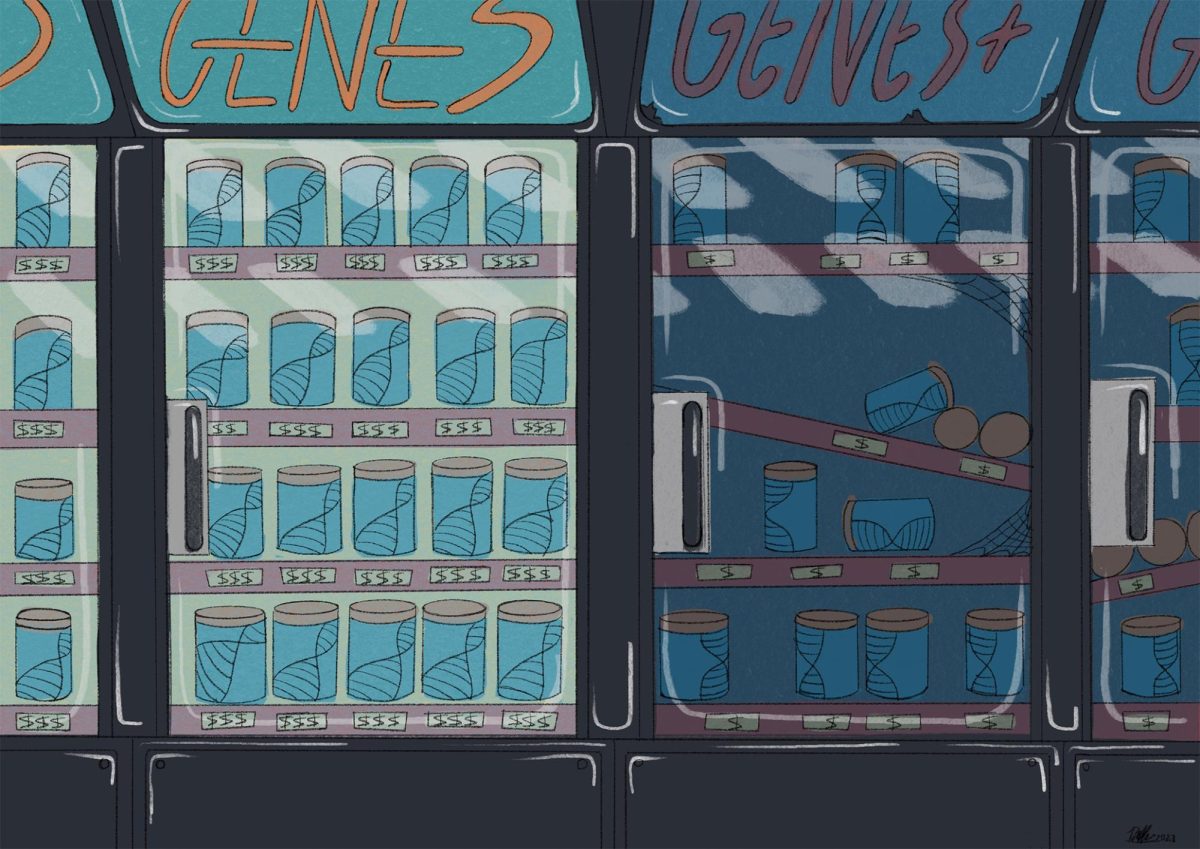In contemporary society, the direct impact of parents’ wealth towards their children’s opportunities is undeniable. Wealthy parents can provide their children with high quality education, costly health care, and give them ongoing financial support even after they have become independent. On the other hand, children from less wealthy families do not enjoy these privileges.
This inevitable influence of parental income makes it challenging for children to compete in an equal and fair environment, limiting the number of opportunities for those who do not hail from a more privileged background.
One factor that has emerged in the scientific world that could potentially widen this gap is the development of gene engineering technology. Particularly, the invention of CRISPR-Cas9, a revolutionary gene editing tool, has allowed gene engineering to happen much faster and, more precisely, dramatically widening the field of where it could be used.
CRISPR has already demonstrated remarkable success in curing deadly genetic diseases such as HIV and sickle anemia, as well as genetic physical disabilities. While these were extremely difficult to treat with tools available previously, CRISPR has allowed this to happen by simply replacing or removing a few harmful genetic codes.
What’s striking is that CRISPR allows these modifications to happen even before birth, during the embryo stage, to ensure immunity from every disease throughout the child’s life, as well as get rid of unwanted disabilities. This is certainly appealing to parents who would gladly pay for this technology in order to give their children a healthier and more comfortable life.
However, parental temptation is unlikely to stop at only removing the harmful genes. The ability to insert desired traits, such as higher intelligence, superior athletic abilities, and taller height, opens the door to a new era of “designer babies,” children costumed by their parents’ wealth.
This will likely result in a phenomenon in which rich parents can genetically modify their children to give them superior traits, while less privileged parents will only be able to provide their children cheaper and more common traits that may be less desired among the gene pool. This completely reshapes the very essence of the genetic lottery, where previously, one could not decide the genetic quality of their child no matter their wealth. Genetic engineering will thus allow children from wealthy families to enjoy a far greater, yet unfair benefit due to both financial advantages and genetically enhanced traits.
Take the academic environment of today’s students, for example. The grades between children from poor and wealthy families often vary because wealthy parents can provide their children with better quality education and resources such as extensive extracurricular support. These factors contribute to better academic achievements and opportunities as compared to students from less privileged backgrounds.
When gene engineering on their children becomes possible, parents can give their children genes that promise higher intelligence, further widening this gap. Children with modified genes of higher intelligence will be able to put in much less effort than those who have unmodified genes, and still attain higher grades.
Likewise, the gap between aspiring athletes from affluent and less privileged backgrounds may intensify. Currently, wealthier parents can provide their children with systematic and efficient training programs, and pay for coaches and nutritional supplements, increasing the chances of their children succeeding as professional athletes.
With gene editing, these parents will be able to pay for superior physical traits that manifest themselves in abilities such as speed, power, and endurance to their offspring. Although physical ability is not the only factor that determines an athlete’s success, it still counts as one of the most significant factors in becoming a successful athlete, together with consistent effort and efficient training. If two of these factors are controllable by means of parental wealth, gene modification will further eradicate equal competition between young athletes.
It is not farfetched to imagine then, that when these children grow up, they are likely to become members of the wealthier class, able to pass on their engineered genes to their own children, as well as provide them with new engineered genes. This results in a vicious cycle which further widens social disparity and the rich-poor gap.



























